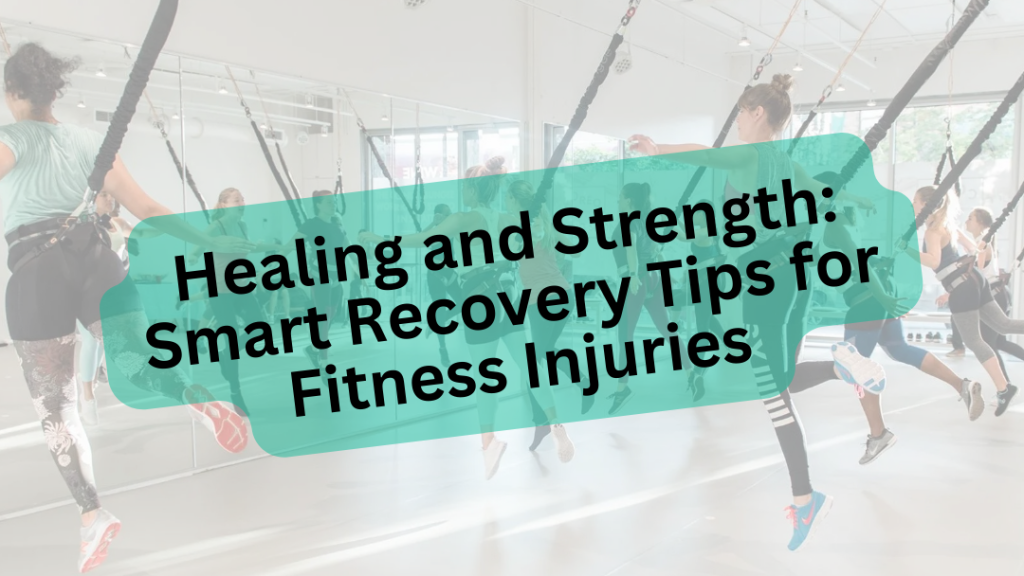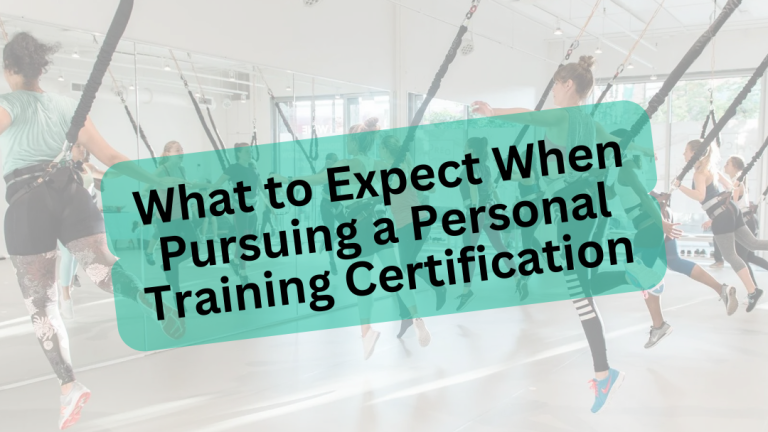Healing and Strength: Smart Recovery Tips for Fitness Injuries
Staying active is one of the best things you can do for your body and mind. But even with the best preparation, injuries sometimes happen. Whether it’s a pulled muscle, a sprain, or a more significant setback, knowing how to respond can make all the difference in how quickly and fully you recover. This guide explores practical recovery tips for fitness injuries that help you manage pain, support healing, and reduce the risk of future setbacks.

Understanding Fitness Injuries
Fitness injuries can vary widely, from mild strains to more complex joint or tendon issues. They often occur due to overtraining, poor form, inadequate warm-up, or pushing the body beyond its limits. Common examples include:
- Muscle strains and sprains
- Tendonitis
- Stress fractures
- Joint injuries (knee, shoulder, or ankle)
Recognizing the type and severity of an injury is the first step. A mild muscle strain might heal with basic home care, while more severe injuries may require professional treatment. The goal is to act promptly and responsibly so you don’t turn a temporary setback into a long-term issue.
Immediate Steps After Injury
The first few hours after an injury are critical. Following a simple protocol can reduce swelling, pain, and further damage. A widely recognized approach is the R.I.C.E. method:
- Rest: Stop the activity immediately to avoid worsening the injury.
- Ice: Apply ice packs for 15–20 minutes every couple of hours to control swelling.
- Compression: Use a bandage or wrap to provide gentle support.
- Elevation: Keep the injured area raised above heart level to reduce inflammation.
If the pain is severe, movement is limited, or swelling continues beyond a day or two, it’s best to consult a healthcare professional. Quick action ensures you don’t overlook a more serious issue.
Managing Pain During the Initial Injury Stage
Pain is the body’s way of signaling that something is wrong. During the early stage of a fitness injury, the goal is to ease discomfort while allowing natural healing to take place. Over-the-counter pain relievers and anti-inflammatory medications can help, but they should be used cautiously and under guidance if needed for more than a few days.
Beyond medication, other effective approaches include:
- Alternating cold and warm compresses after the first 48 hours
- Gentle massage (if recommended) to promote circulation
- Breathing exercises and relaxation techniques to manage discomfort
Listening to your body is crucial. Pain shouldn’t be ignored or pushed through. Respecting it can speed up recovery and help you avoid further injury.
Rest Without Becoming Inactive
Rest is a vital part of recovery, but complete inactivity can sometimes work against you. Staying totally still for too long may lead to stiffness, muscle weakness, or reduced circulation. The key is to balance rest with light, safe activity.
For example:
- Gentle stretching of unaffected muscles
- Short, slow walks if they don’t aggravate the injury
- Low-impact activities such as swimming or cycling, once cleared by a professional
These small movements keep the body engaged without placing stress on the injured area. Active rest helps maintain your overall fitness and prevents a long road back once you’re ready to resume regular training.
Nutrition Plays a Role in Recovery
What you eat can directly influence how well and how quickly your body heals. Proper nutrition supports tissue repair, reduces inflammation, and keeps energy levels steady during recovery. Focus on a nutrient-rich diet that includes:
- Lean protein: Supports muscle repair (chicken, fish, beans, eggs)
- Fruits and vegetables: Provide antioxidants and vitamins that aid recovery
- Healthy fats: Omega-3s from salmon, flaxseeds, or walnuts help reduce inflammation
- Hydration: Staying well-hydrated ensures nutrients reach injured tissues effectively
Limiting processed foods, added sugars, and alcohol can also reduce unnecessary inflammation. Think of food as part of your therapy plan—it plays a bigger role than most people realize.
The Importance of Sleep
Sleep is often overlooked when it comes to healing, but it is one of the most powerful recovery tools you have. During deep sleep, your body produces growth hormone, which is essential for repairing muscles and tissues.
To maximize the benefits of sleep:
- Aim for 7–9 hours each night
- Keep a consistent bedtime and wake-up schedule
- Avoid screens and caffeine before bed
- Create a quiet, dark, comfortable sleep environment
Better sleep quality accelerates physical repair and boosts mental resilience, both of which are essential after a fitness injury.
Mindful Movement and Physical Therapy
Once the acute stage has passed, incorporating gentle, guided movement helps restore strength and flexibility. Physical therapy plays a crucial role in many recovery journeys. A trained therapist can design a program that gradually rebuilds stability and mobility without putting you at risk of re-injury.
Mindful movement practices such as yoga, Pilates, or tai chi can also support recovery. They improve body awareness, enhance circulation, and keep muscles engaged at a safe intensity. Always start small, follow professional advice, and progress slowly.
Mental Resilience Matters
Recovering from a fitness injury isn’t just physical—it can also challenge your mindset. Many people feel frustrated, anxious, or even discouraged when they can’t exercise as usual. Building mental resilience is just as important as following physical recovery tips for fitness injuries.
Strategies to stay positive include:
- Setting realistic recovery goals
- Practicing mindfulness or meditation to reduce stress
- Journaling progress, even small improvements
- Seeking support from friends, family, or fitness communities
Staying patient and keeping perspective helps you stay motivated and avoid making rushed decisions that could lead to setbacks.
Preventing Future Injuries
Prevention is always better than recovery. Once you’re back on your feet, taking steps to minimize future risks is essential. Some proven strategies include:
- Warm up properly: Start every workout with dynamic stretches and light activity.
- Use correct form: Proper technique reduces unnecessary stress on muscles and joints.
- Strengthen supporting muscles: Don’t just focus on major muscles; build overall balance.
- Listen to your body: Know the difference between normal fatigue and pain.
- Rest days matter: Giving your body time to recharge helps you perform better and stay safer.
By applying these habits, you not only prevent repeat injuries but also set the stage for stronger, healthier workouts.
Final Thoughts
Injuries may feel like a major setback, but they don’t have to derail your fitness journey. With the right knowledge and approach, you can support healing, manage discomfort, and return to your routine stronger than before. These recovery tips for fitness injuries emphasize the importance of quick action, balanced rest, proper nutrition, quality sleep, and mental resilience.
Remember, patience is key. Trust the process, take care of your body, and seek professional guidance when needed. Each step you take toward healing brings you closer to a safe and confident return to fitness.






